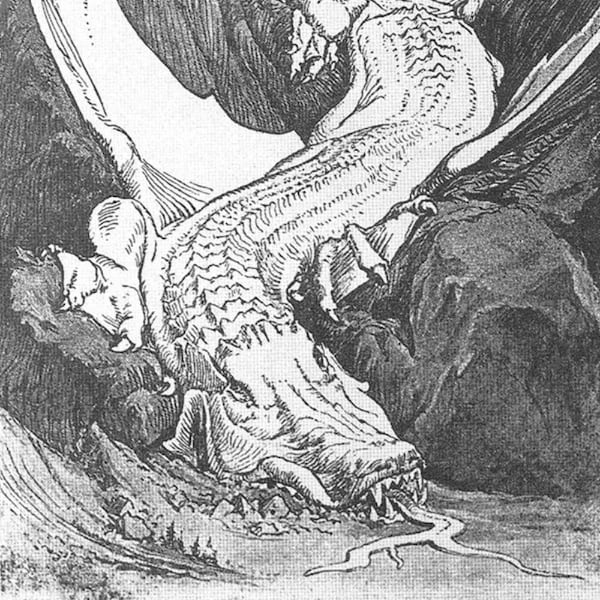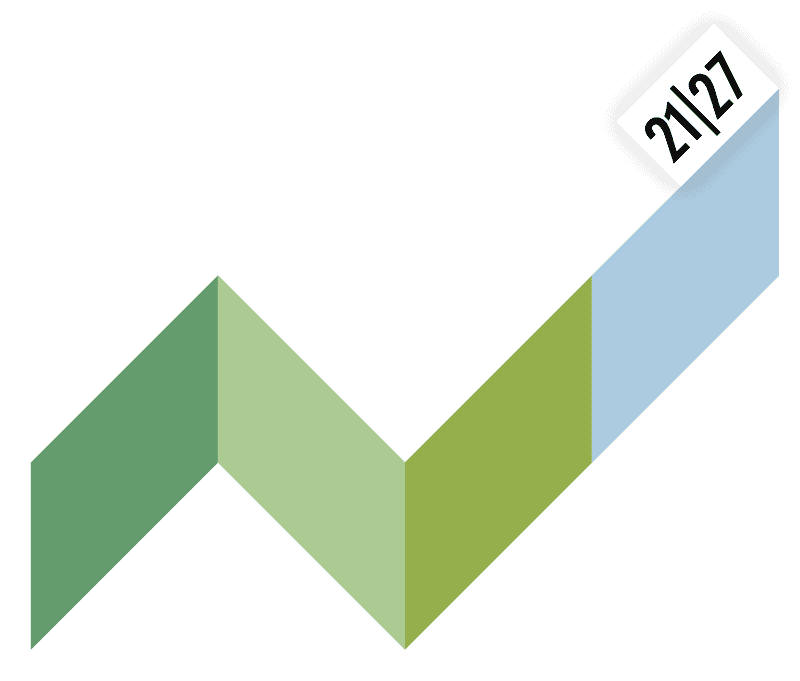This summer I embarked on a long overdue adventure that, as a mountain aficionado, and more specifically as a recurrent visitor of the Mont Blanc Massif, is a must: the Tour du Mont Blanc. My passion for the mountains has grown exponentially over the past years because beyond a geological phenomenon, they are a lifestyle that represent years of human ingenuity developing techniques, infrastructure, rituals, ideas, and traditions in order to adapt to this breathtaking yet hostile environment.
Every time I go to Chamonix, I try to imagine what it was like to be there a hundred, two hundred or five hundred years ago. Winding through the roads, the valley getting narrower and darker, passing through the canyon before Servoz and finally making it to that amazing valley with glaciers reaching down from the mountain tops. How did people move around without winter tires and chains? How did they spend their long winters without the hundreds of tourists from around the world skiing during the day and partying at night?
There is one particular picture that fascinates me dating to the end of the 17th century: the Mer de Glace dragon. This was a time when people would wake up in the middle of the night by the threatening noise of the glacier advancing towards their homes. Today this dragon is disintegrating. It sits hundreds of meters up the mountain and has a cave dug in his insides every year so tourists can appreciate the dying breaths of a fallen giant. One thing hasn’t changed: the people of Chamonix and across the Alps need to keep finding ways to adapt to the mountain.
This is an intrinsic characteristic of living in the mountains; constantly adapting. This is perhaps why the mountains have always been and will probably always be the perfect laboratory for adaptation techniques, from the study of altitude sickness, geology, glaciology, biodiversity, exploration and even military tactics.
I was lucky to do my share of the Tour du Mont Blanc (6 days) alongside a group of sustainability experts in different fields like tourism, insurance, research, finance and circularity, with the aim to find sustainable solutions for tourism in the Alps. This initiative is called Sustainable Alpine Tourism Initiative, also known as SATI.
Trekking through the Alps with a multidisciplinary team allowed each one of us to look at the challenges from different scopes and propose different solutions. We saw many unexpected challenges and opportunities, like a refuge powered by a petrol generator using plastic cups and silverware, pictures of the retreat of the glaciers, hundreds of people coming from all over the world to enjoy these views and much more. How can we continue to maintain this tourist activity from which hundreds of families depend on economically and minimize the impact on the environment while raising awareness on the importance of preserving nature? How do we preserve ecosystem functionality by lowering our impact, therefore allowing ecosystems to adapt to these selected impacts?
The first time I asked myself these questions I was overwhelmed by the contradictions they pose. I have now come to realize there is not a single right answer, but our job, at the Sustainable Alpine Tourism Initiative, at ADAPTNOW and every sustainability-centric organization is to provide the knowledge and information in the appropriate format to help decision makers define their strategies and help citizens get involved and influence the change they want to see.
What will happen to the sleeping dragons in the mountains? Are there other mythical creatures waiting to come out? Climate change is making it very difficult to predict. Last year the severe droughts that affected all Europe uncovered messages engraved in rocks hundreds of years ago, and this summer, demonic fires burnt through Greece and unstoppable herds flooded Slovenia. Our job in ADAPTNOW is to become more agile in planning and reacting to drastically different hazards so we can live in this world of emerging creatures that our abusive use of resources awoke.
August 2023
Rogelio Bonilla



